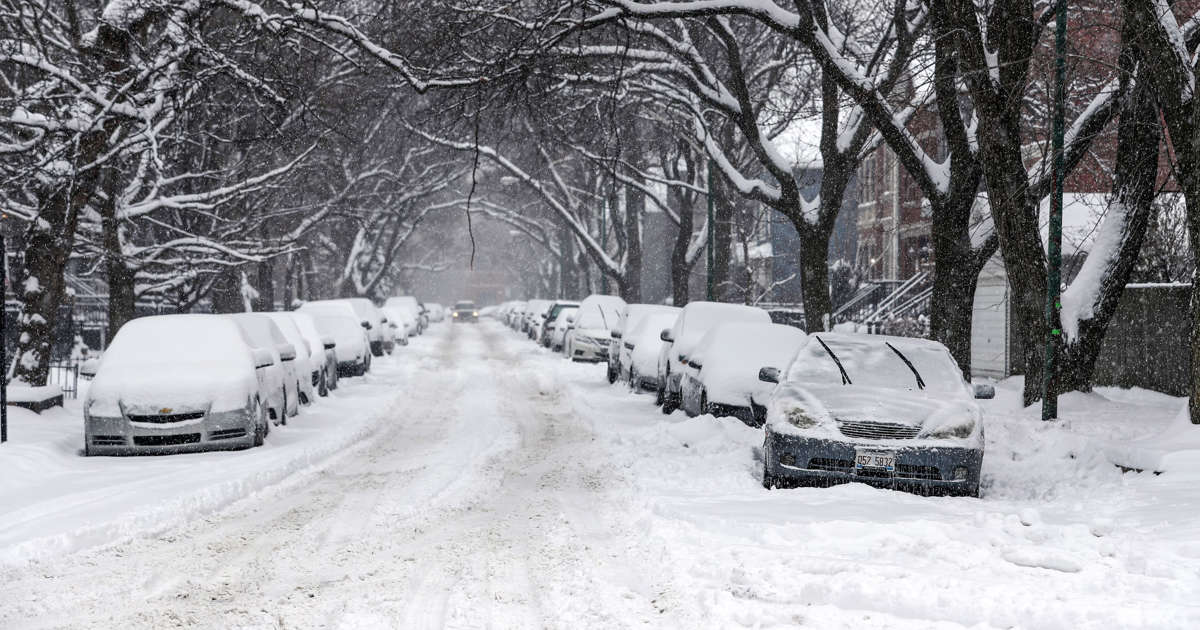Sac Bee (California)
This week's storms could drop 100 inches of snow in the Sierra Nevada
Updated March 12, 2018 12:41 PM
_http://www.sacbee.com/news/weather/article204695904.html#emlnl=Morning_Newsletter
Video: 0:33
An SUV is buried in snow at Mammoth Mountain in last week's storm. Ski resorts may rejoice more this week. Storms are expected to drop about 100 inches of snow in the Sierra, where snowpack stands at 37 percent of regular year-to-date accumulation. Mammoth Mountain "http://www.sacbee.com/latest-news/article204731189.html/video-embed"
Two storms are projected to dump up to 100 inches — that's more than eight feet — of snow in the Sierra Nevada mountains Tuesday through Saturday, according to new projections from the National Weather Service.
Sacramento is expected to get two to three inches of rain by Saturday, including a half-inch to an inch-and-a-half and 20-30 MPH winds by Wednesday. The heaviest rainfall is forecast for Tuesday morning and Thursday afternoon through Friday morning.
Rain from two systems is expected to broadside Northern California this week, dropping up to seven inches in Grass Valley, five inches in Sonora and three in Chico, Redding, Santa Rosa and Weaverville by Saturday morning.
Forecasts call for about a foot of snow over most mountain passes by Wednesday, followed by another 3-plus feet and accumulation as low as 3,500 feet over the rest of the week.
The storms should add some weight to the Sierra Nevada snowpack, which is up to 37 percent of its regular year-to-date pileup after heavy snowfall at the beginning of March. National Weather Service meteorologist Eric Kurth said the absence of an atmospheric ridge means more wet weather may begin Tuesday and Wednesday of next week, though it's too early to predict precipitation totals.
"A lot of people are going to be attracted to the snow and are going to want to get up there," Kurth said. "But there's no big dry period where there's a nice window of travel. Sometimes we can tell people leave Thursday or Friday to get up to the snow, but this one is pretty consistent."
A weak system dropped three to four inches of snow over ski runs in Northstar California, Boreal Mountain Resort and Squaw Valley — Alpine Meadows over the weekend but left the rest of the Sierra virtually untouched.
NWS Sacramento
Verified account @NWSSacramento
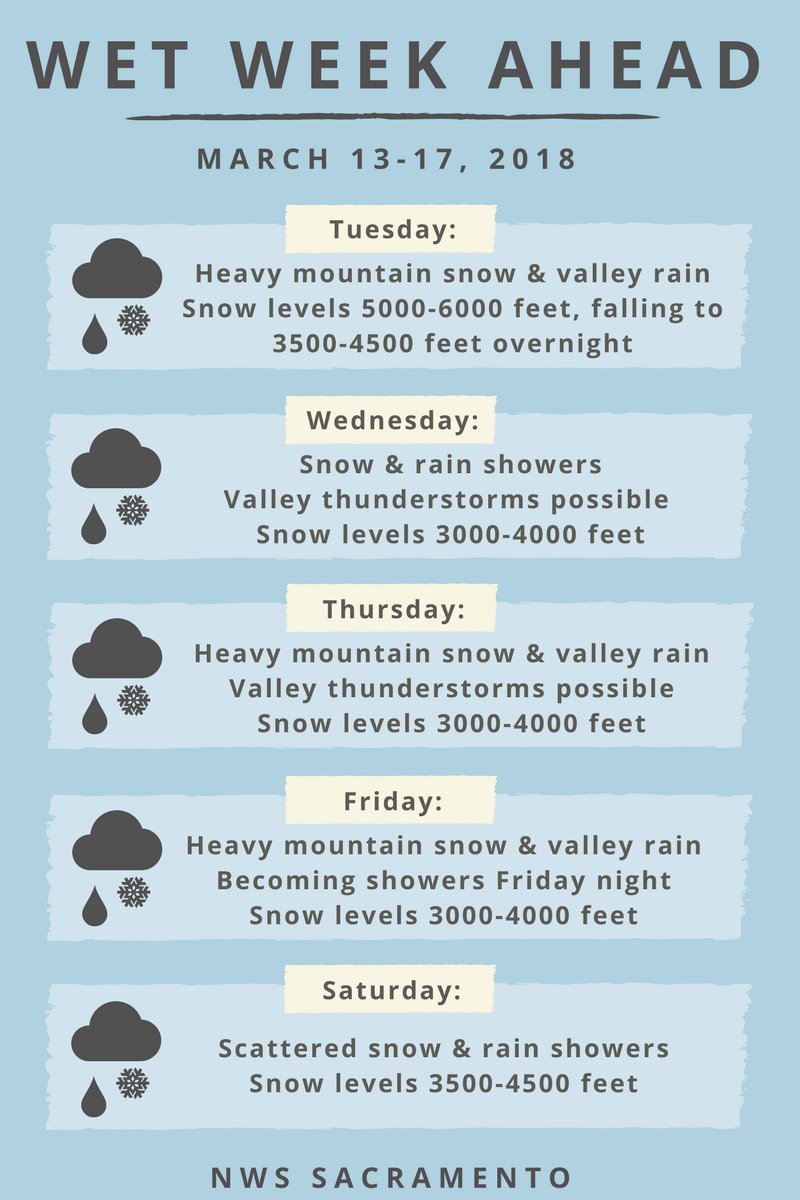
https://twitter.com/NWSSacramento/status/973409559393001472
MM:Southern Cal.
_https://en.wikipedia.org/wiki/Mammoth_Mountain
Map: https://www.google.fr/maps/place/Mammoth+Mountain/@37.6307684,-119.041389,15z/data=!3m1!4b1!4m5!3m4!1s0x80960d2646f49e0d:0x5805dac91469afa4!8m2!3d37.6307692!4d-119.0326342?dcr=0
This week's storms could drop 100 inches of snow in the Sierra Nevada
Updated March 12, 2018 12:41 PM
_http://www.sacbee.com/news/weather/article204695904.html#emlnl=Morning_Newsletter
Video: 0:33
An SUV is buried in snow at Mammoth Mountain in last week's storm. Ski resorts may rejoice more this week. Storms are expected to drop about 100 inches of snow in the Sierra, where snowpack stands at 37 percent of regular year-to-date accumulation. Mammoth Mountain "http://www.sacbee.com/latest-news/article204731189.html/video-embed"
Two storms are projected to dump up to 100 inches — that's more than eight feet — of snow in the Sierra Nevada mountains Tuesday through Saturday, according to new projections from the National Weather Service.
Sacramento is expected to get two to three inches of rain by Saturday, including a half-inch to an inch-and-a-half and 20-30 MPH winds by Wednesday. The heaviest rainfall is forecast for Tuesday morning and Thursday afternoon through Friday morning.
Rain from two systems is expected to broadside Northern California this week, dropping up to seven inches in Grass Valley, five inches in Sonora and three in Chico, Redding, Santa Rosa and Weaverville by Saturday morning.
Forecasts call for about a foot of snow over most mountain passes by Wednesday, followed by another 3-plus feet and accumulation as low as 3,500 feet over the rest of the week.
The storms should add some weight to the Sierra Nevada snowpack, which is up to 37 percent of its regular year-to-date pileup after heavy snowfall at the beginning of March. National Weather Service meteorologist Eric Kurth said the absence of an atmospheric ridge means more wet weather may begin Tuesday and Wednesday of next week, though it's too early to predict precipitation totals.
"A lot of people are going to be attracted to the snow and are going to want to get up there," Kurth said. "But there's no big dry period where there's a nice window of travel. Sometimes we can tell people leave Thursday or Friday to get up to the snow, but this one is pretty consistent."
A weak system dropped three to four inches of snow over ski runs in Northstar California, Boreal Mountain Resort and Squaw Valley — Alpine Meadows over the weekend but left the rest of the Sierra virtually untouched.
NWS Sacramento
Verified account @NWSSacramento

https://twitter.com/NWSSacramento/status/973409559393001472
MM:Southern Cal.
_https://en.wikipedia.org/wiki/Mammoth_Mountain
Map: https://www.google.fr/maps/place/Mammoth+Mountain/@37.6307684,-119.041389,15z/data=!3m1!4b1!4m5!3m4!1s0x80960d2646f49e0d:0x5805dac91469afa4!8m2!3d37.6307692!4d-119.0326342?dcr=0

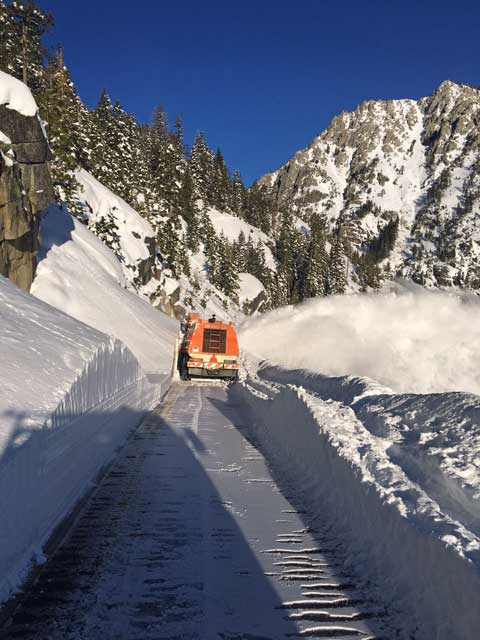
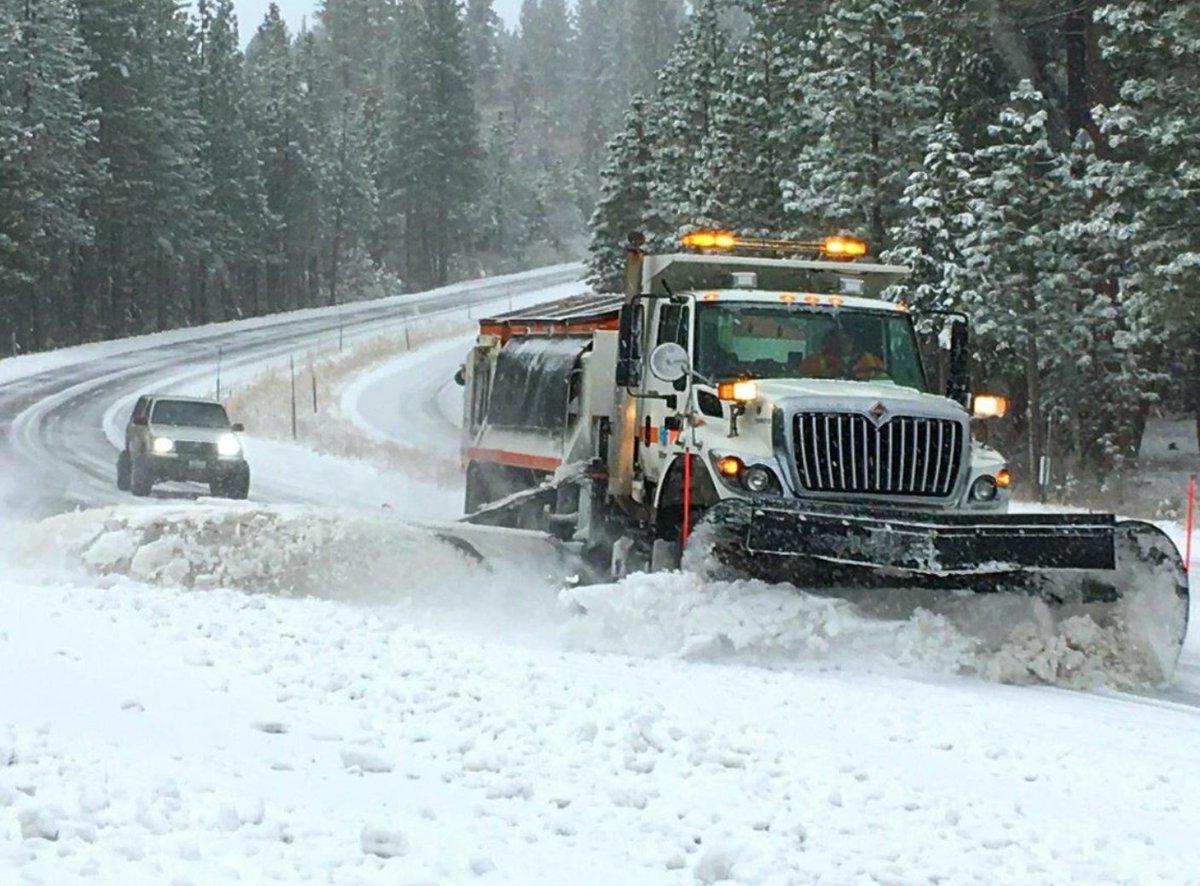
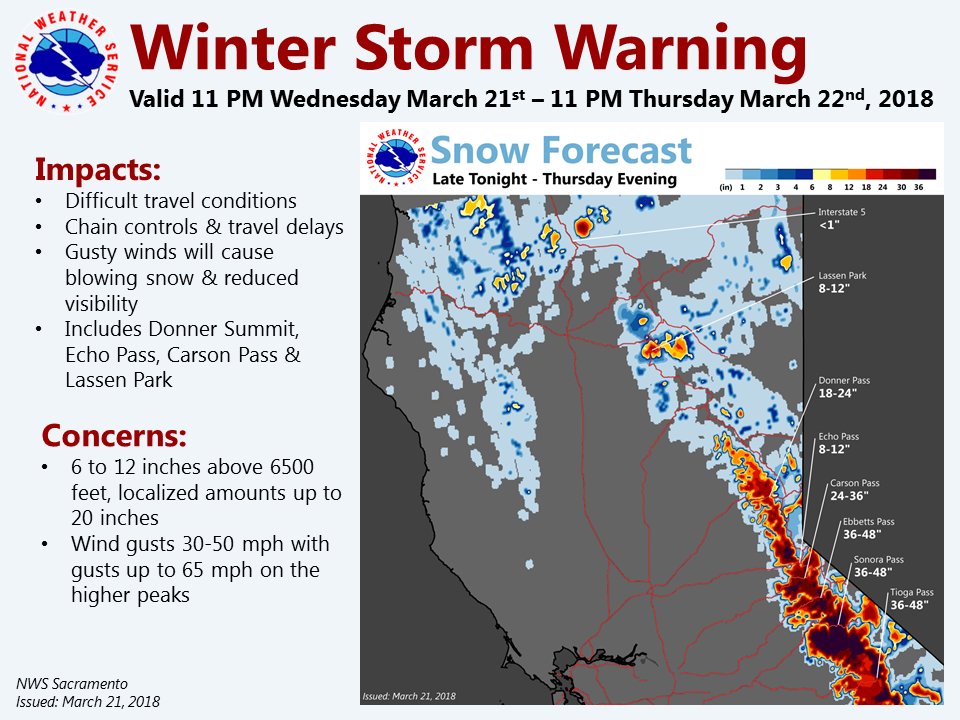
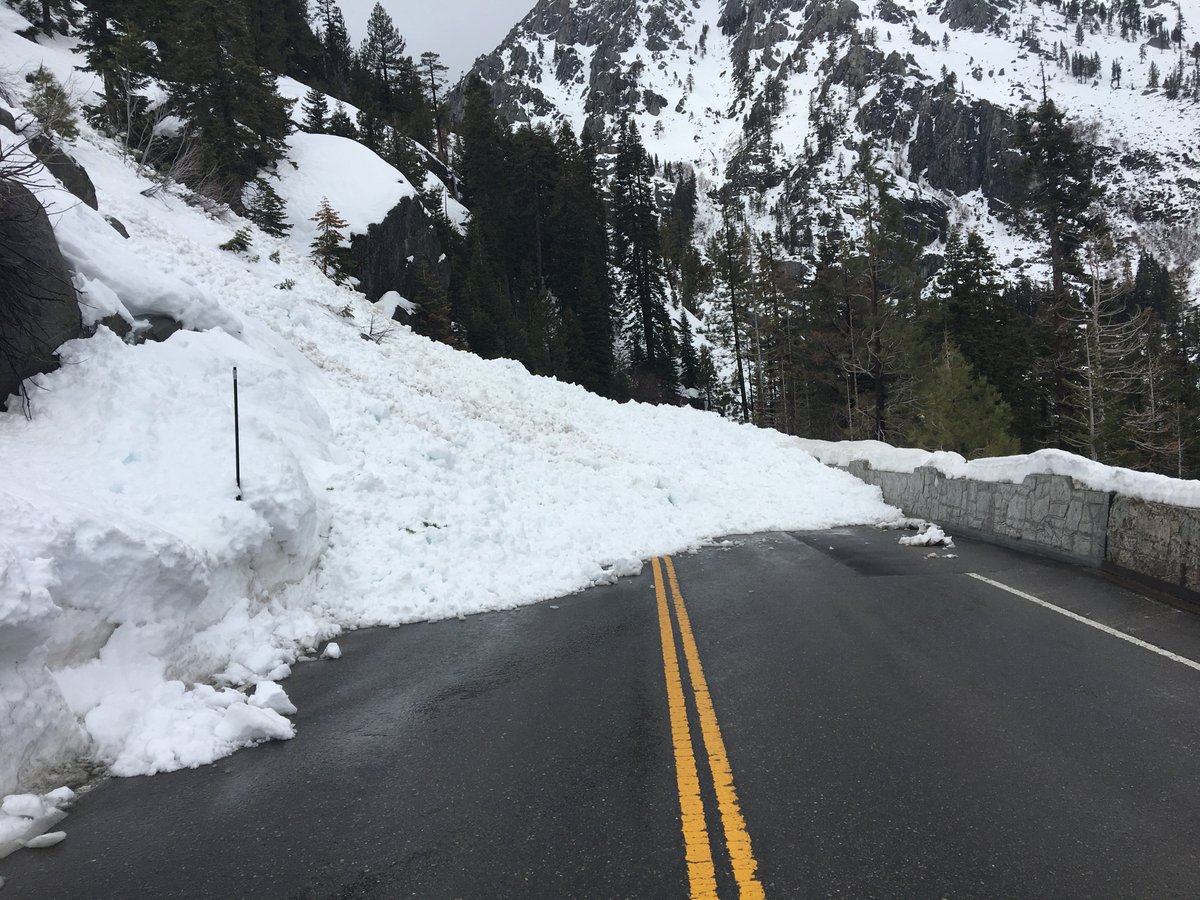
 )
)